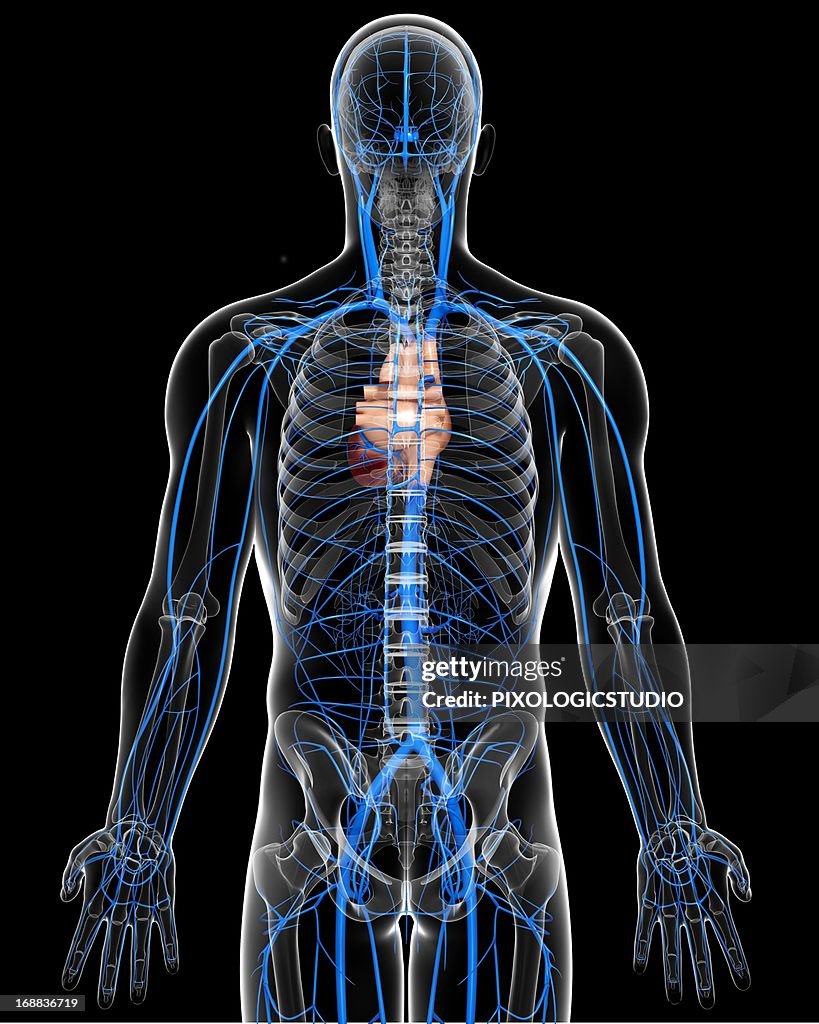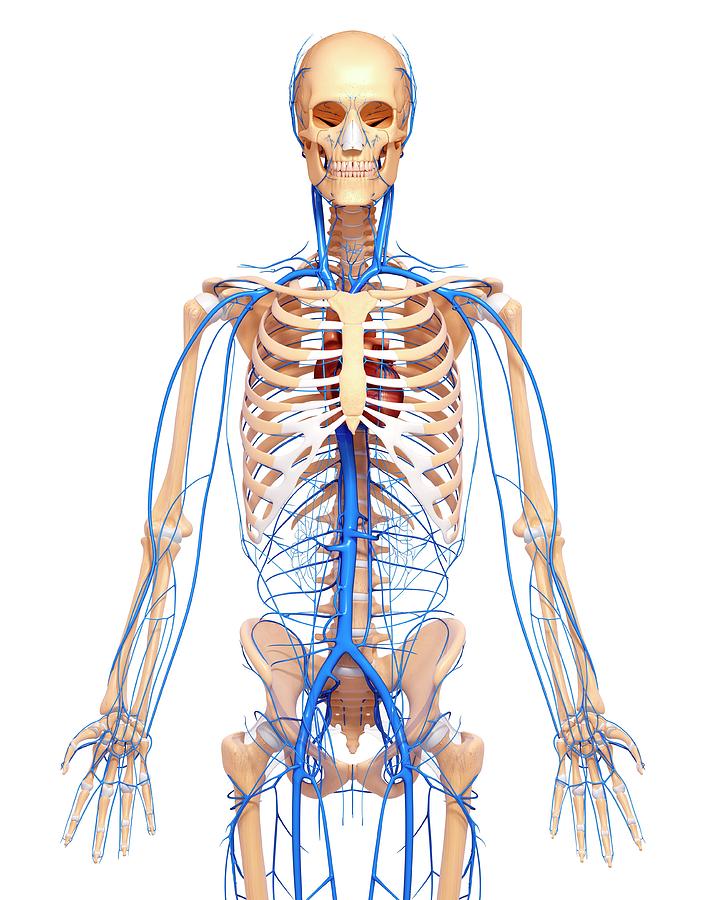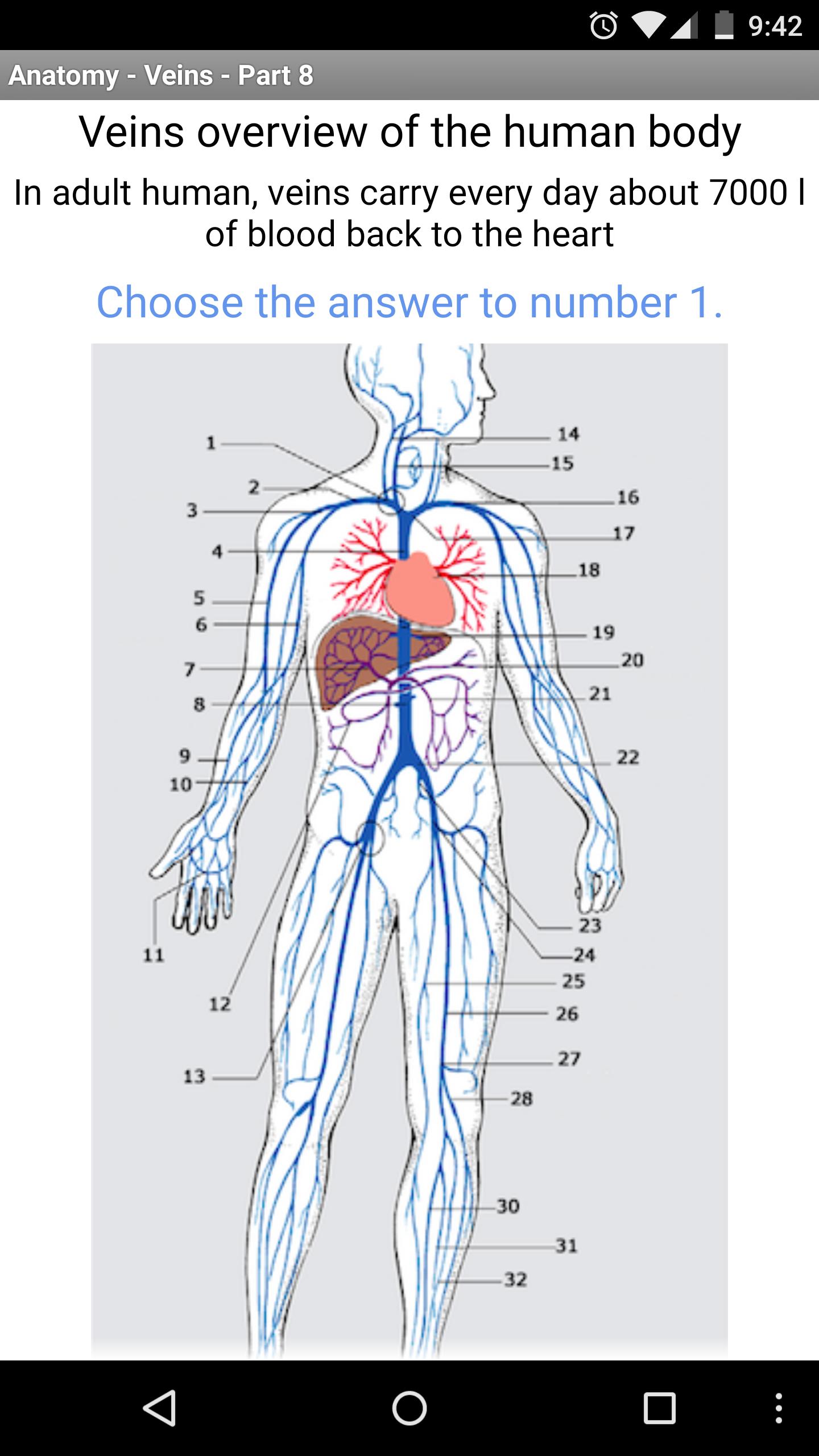Human Veins Artwork High Biology Diagrams These veins can be found in your muscles and along your bones. Your deep veins do the important work of moving your oxygen-poor blood back to your heart. In your legs, your deep veins hold about 90% of the blood that travels back to your heart. Your deep veins contain one-way valves that keep your blood moving in the right direction.

Anatomy and Physiology. Understanding the Veins: A Detailed Guide to Human Venous System. Explore the intricate human venous system, detailing its structure, function, and the vital role veins play in circulatory health. The inferior vena cava is the largest vein in the human body, transporting blood from the lower half of the body back to Structure of Veins. Veins are thin-walled valves containing blood vessels. Anatomically, veins have the same three layered walls as arteries that are the tunica externa, the tunica media, and the tunica intima; however, they have considerably lesser amounts of smooth muscles making them thinner than the walls of the arteries. This thinner wall makes the veins more flexible and allows the veins Superficial veins, located in the fatty layer under the skin. Deep veins, located in the muscles and along the bones. Connecting veins, which are short veins that link the superficial and deep veins. The deep veins play a significant role in pushing blood toward the heart. The one-way valves in deep veins prevent blood from flowing backward.

Understanding the Veins: A Detailed Guide to Human Venous System Biology Diagrams
Internal thoracic veins: Superior epigastric veins, Musculophrenic veins, and Anterior intercostal veins are the internal thoracic veins.Supreme intercostal vein Azygos Vein: The azygos vein is a major vein on the right side of the body that drains blood from the posterior thoracic wall and empties into the Superior vena cava.

Arterie & vein do vital task of keeping your body healthy and functioning. 862.251.7111. Facebook; Instagram; YouTube; Understanding the makeup of our circulatory system and the anatomy of a vein is an essential part of staying healthy. The largest artery in the human body is the aorta which is attached to the left ventricle of the

Major arteries, veins and nerves of the body: Anatomy Biology Diagrams
We'll explain the basic structure of a vein before diving into different types of veins and their functions. Explore the venous system with an interactive diagram and learn some tips for
